Results
-
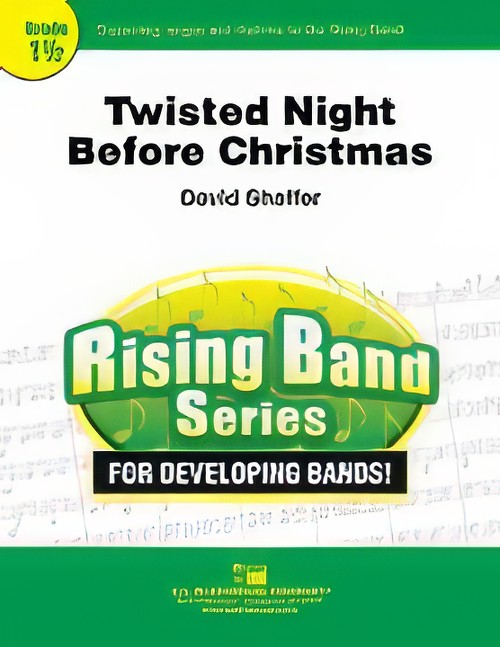 £46.00
£46.00Twisted Night Before Christmas (Concert Band - Score and Parts) - Shaffer, David
Take several standard Christmas carols and combine them with the creative imagination of David Shaffer and you end up with a twisted, entertaining addition to your holiday concert. In addition to the obvious entertainment value, you will find A Twisted Night Before Christmas to be excellent teaching material. Happy Holidays!Duration: 1.30
Estimated dispatch 7-14 working days
-
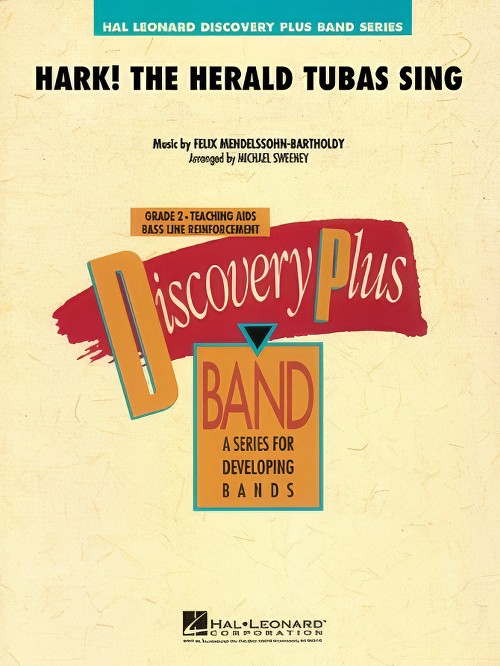 £57.50
£57.50Hark! The Herald Tubas Sing (Tuba Section feature with Concert Band - Score and Parts) - Mendelssohn, Felix - Sweeney, Michael
As the title implies, your tuba section is front and centre in this clever adaptation of this classic Christmas carol. A great way to spice up your Christmas concert and show some deserved respect to the low end of your band!
Estimated dispatch 7-14 working days
-
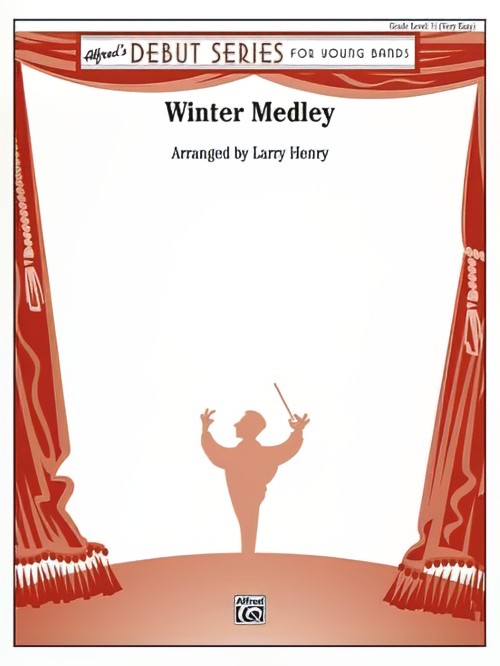 £48.95
£48.95Winter Medley (Concert Band - Score and Parts) - Henry, Larry
A medley of everyone's favorite holiday tunes is the perfect way to end the beginning band's winter concert. Winter Medley combines traditional tunes found in most beginning band method books, embellishing them with interesting voicing, and little soli sections, giving each instrument their turn to shine brightly. Using only six tones, the solid scoring will ensure that your beginning band will impress their audience, making even the youngest band sound advanced beyond their years. This will be a timely favorite your beginning students can use year after year. Duration: 2:15
Estimated dispatch 7-14 working days
-
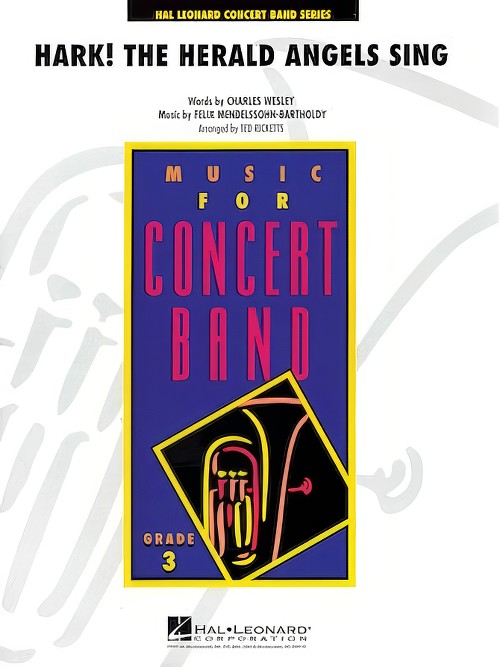 £57.50
£57.50Hark! The Herald Angels Sing (Concert Band - Score and Parts) - Mendelssohn & Wesley - Ricketts, Ted
Here is a dynamic and unique setting of this traditional carol. Ted uses fanfare-like brass passages at the beginning and end contrasted with a middle section that features the melody set in 3/4 accompanied by creative counter-lines and textures. An impressive addition to any holiday program!
Estimated dispatch 7-14 working days
-
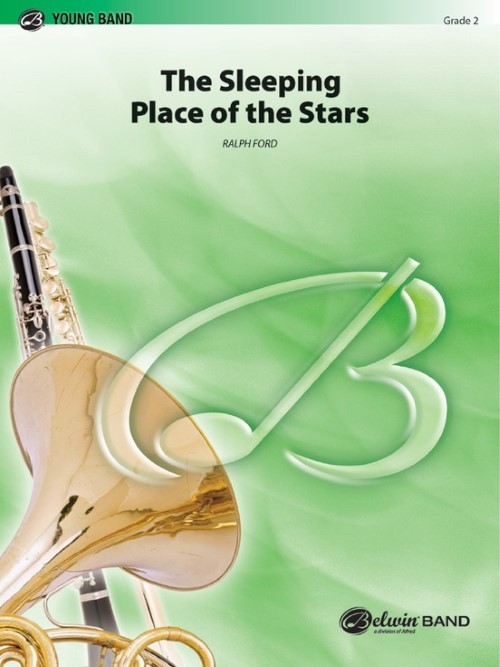 £58.50
£58.50The Sleeping Place of the Stars (Concert Band - Score and Parts) - Ford, Ralph
Musically depicting the legend of the mysterious Shades Valley in central Alabama, this work draws its inspiration from the poem of the same name written by Ethel Armes. The percussion section sets the stage for the development of the thematic material by building on the aggressive opening musical statement. The melody builds to a glorious conclusion with a fervent end. Duration: 4.30
Estimated dispatch 7-14 working days
-
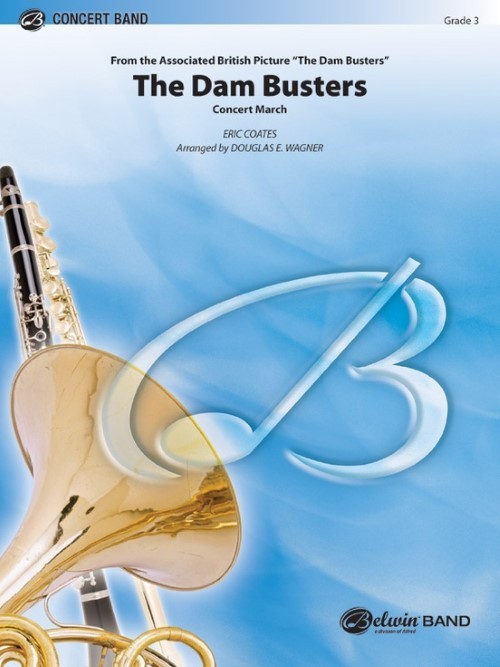 £77.50
£77.50The Dam Busters (Concert Band - Score and Parts) - Coates, Eric - Wagner, Douglas E.
Eric Coates' musical genius is celebrated in this new arrangement from Douglas E. Wagner. From the film of the same name, The Dam Busters was an instant classic and was named after a string of successful bombings on the Ruhr River which brought World War II to a more rapid end. This new arrangement of the classic march celebrates the fiftieth anniversary of the composition. Duration: 3.45
Estimated dispatch 7-14 working days
-
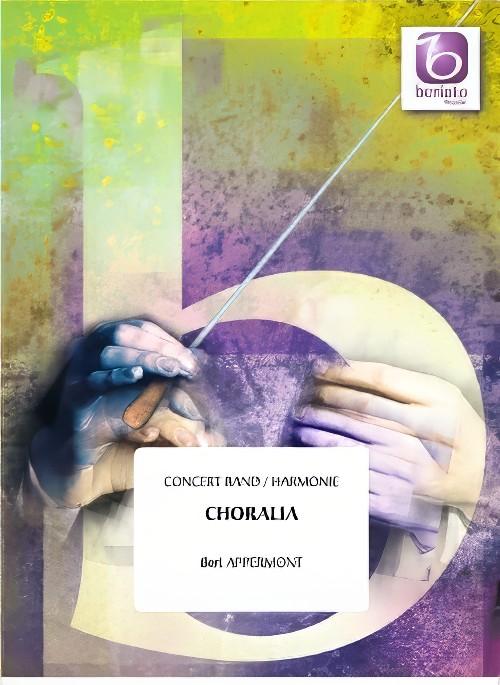 £74.99
£74.99Choralia (Concert Band - Score and Parts) - Appermont, Bert
This magnificent choral from Bert Appermont begins very slow. The different groups of instruments play the same theme and lead to a big climax. After that, the instrumentation gets smaller to end in a silent way. Duration: 3.30
Estimated dispatch 7-14 working days
-
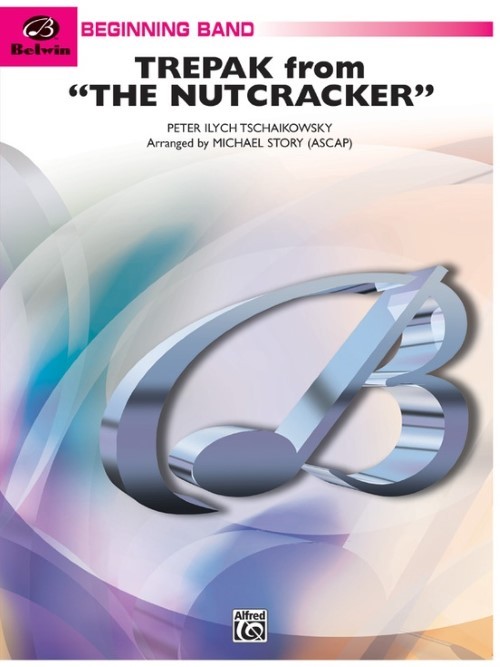 £53.95
£53.95Trepak (from The Nutcracker) (Concert Band - Score and Parts) - Tchaikovsky, Peter Ilyich - Story, Michael
From Tchaikovsky's ballet The Nutcracker comes this fresh scoring for young band or wind ensemble. This is one of the world's most recognizable melodies, and even though the technical demands have been reduced, the musical content is strongly in evidence. With a charming flow from beginning to end, this work will find its way into thousands of holiday concerts. Duration: 1.15
Estimated dispatch 7-14 working days
-
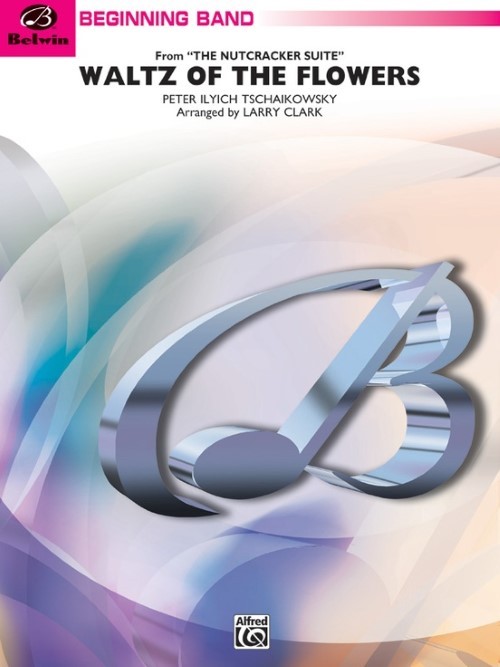 £53.95
£53.95Waltz of the Flowers (from The Nutcracker Suite) (Concert Band - Score and Parts) - Tchaikovsky, Peter Ilyich - Clark, Larry
From Tchaikovsky's ballet The Nutcracker comes this fresh scoring for young band or wind ensemble. The technical demands have been reduced, but the musical content is strongly in evidence. With a charming flow from beginning to end, this work will find its way into thousands of holiday concerts and programs at other times of the year. Delightful! Duration: 1.30
Estimated dispatch 7-14 working days
-
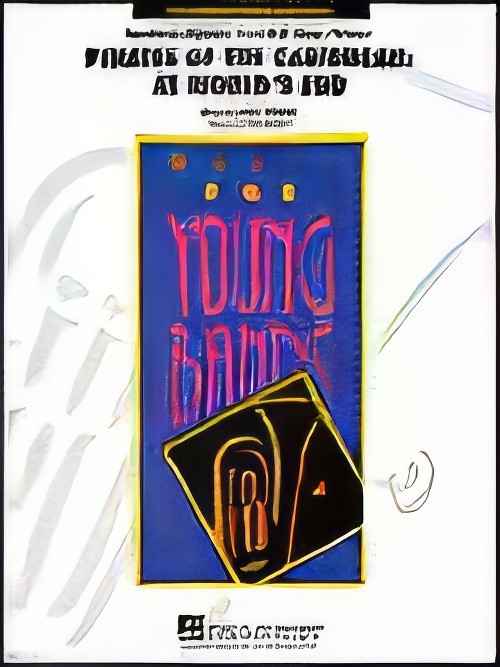 £76.99
£76.99PIRATES OF THE CARIBBEAN: At World's End (Young Band) - Ricketts, Ted
For this instalment of the blockbuster movie series, Hans Zimmer has outdone himself with inspired new themes and powerful film scoring segments. Look for plenty of variety and depth in this wonderful setting for band. Includes: Drink Up Me Hearties; Hoist The Colours; One Day; Singapore; Up is Down.
Estimated dispatch 7-14 working days
